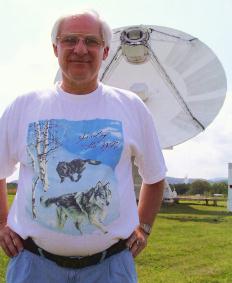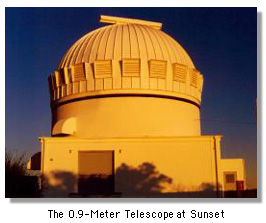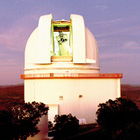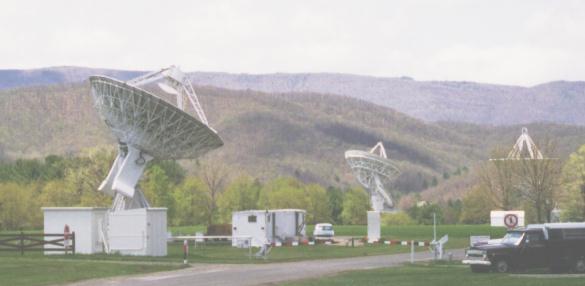
'Introduction to Science in the Galactic Plane' is my contribution to public understanding of radio astronomy. My personal interest in both optical and radio astronomy led me to apply for summer employment in radio astronomy. My personal desire to awaken an interest in science among youth led me to create these lessons with the hope that you will feel this excitement as well. It is based on an 8-week summer internship at the National Radio Astronomy Observatory located at Green Bank in the mountains of West Virginia.
The internship is the result of a National Science Foundation grant. The grant allows the observatory to hire school teachers to work in a research environment. This program is titled 'RET', an acronym for Research Experience for Teachers. RET participants work with astronomers at various research institutions during the summer. It is an exciting experience to work with professional astronomers on a daily basis and to be involved in their research activities.
The lessons created as an 'Introduction to Science in the Galactic Plane' begins with a historical review of how we came to understand the Milky Way as a galaxy (with Internet links). The historical review is followed by a set of specific lessons in image analysis of astronomical data designed to introduce the user into thinking like a research scientist. The last several lessons take the user through an understanding of how a specific radio telescope system (in this case, the Green Bank Earth Station) is used to collect and analyze radio signals from a supernova remnant. There is a variety of goals and lessons available for classroom use; some at middle school and some at high school level.
To access this webpage, you may connect to: http://www.gb.nrao.edu/~glangsto/lessons/intro.html
| (1) | Construction of lessons for CD-ROM titled "Introduction to Science in the Galactic Plane". |
| (2) | Testing high frequency radio telescope antenna known as the 'Jansky Array'. |
| (3) | Testing high frequency receiver to be used with Jansky Array |
| (4) | Radio telescope observations: planetary nebula NGC 7027, supernova remnant M 58 (SNR 1181), 'odd' object discovered by Dr George Jacoby, National Optical Astronomy Observatories, while at Cerro-Tololo Observatory, Chile. |



| (1) | Summer 1999; 'The Use of Astronomy in Research-Based Science Education', National Optical Astronomy Observatories, Tucson AZ |
| (2) | Summer 1998; 'Penn State In-Service Workshops in Astronomy', Penn State University, University Park, PA |
| (3) | Summer 1997; 'Penn State In-Service Workshops in Astronomy', McDonald Observatory, Fort Davis, TX |
| (4) | Summer 1989; 'Investigating the Universe' as program mentor, National Radio Astronomy Observatory, Green Bank, WVa |
| (5) | Summer 1988, 'Investigating the Universe', National Radio Astronomy Observatory, Green Bank, WVa |
| (1) | BA Electronic Physics, LaSalle College, Philadelphia PA |
| (2) | MS Science Education, Temple University, Philadelphia PA |
| (3) | Additional graduate work in physics, electrical engineering and astronomy. |
| (4) | I am currently employed as a Physics Teacher, Carver High School of Engineering and Science, Philadelphia PA. I am the faculty sponsor for the school club amateur radio station, KB3BRD. |
| (5) | Prior to employment as a high school physics teacher, I was employed as an Electronics Engineer in the defense electronics industry with a concentration in radar and communications systems. |
| (6) | I am an active amateur radio operator, callsign N3RW. If you are interested in communicating with me, send an email to the address listed below. |
The National Optical Astronomy Observatories in Tucson, AZ may be found at: http://www.noao.edu
Galactic Plane Science